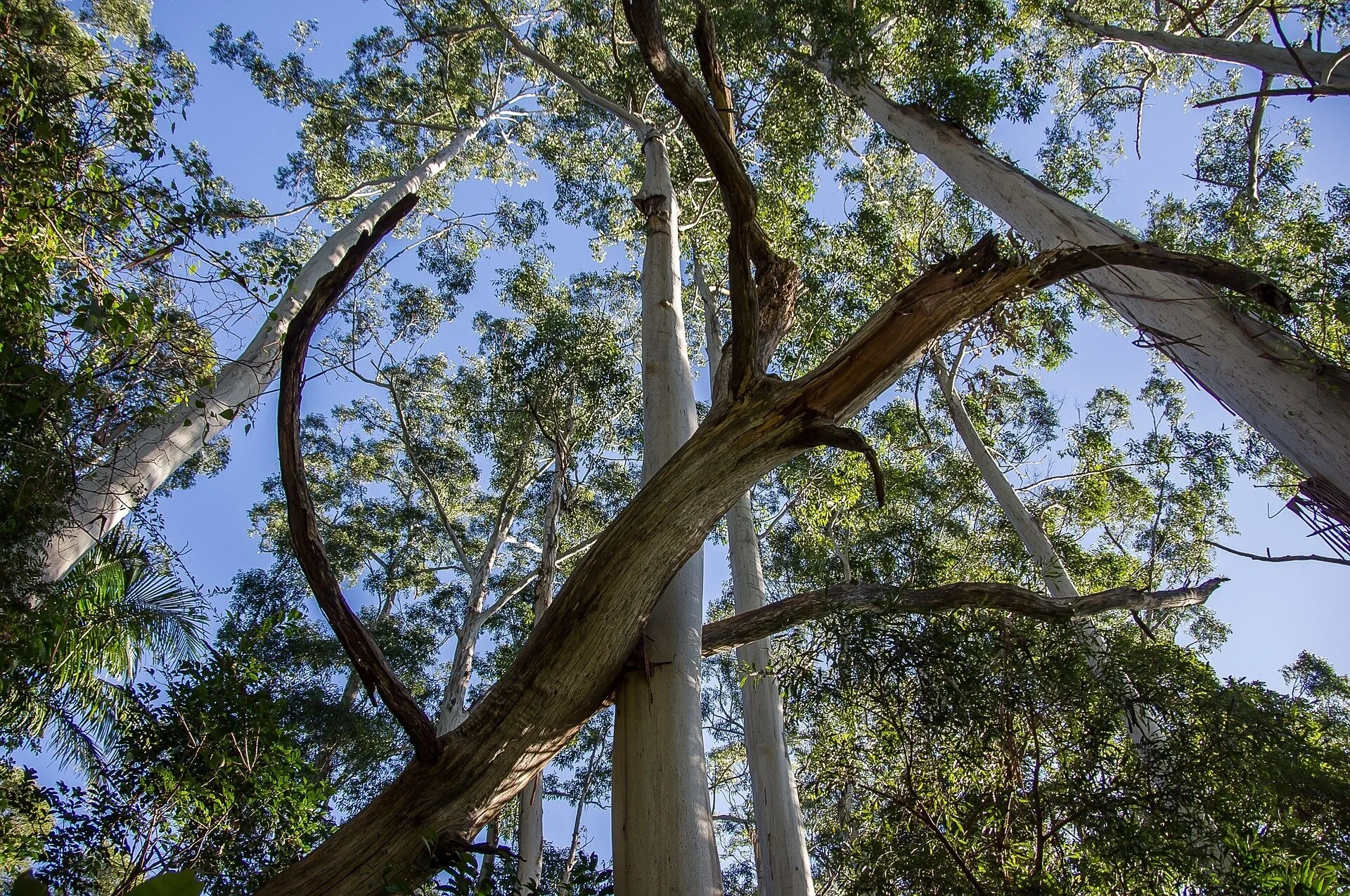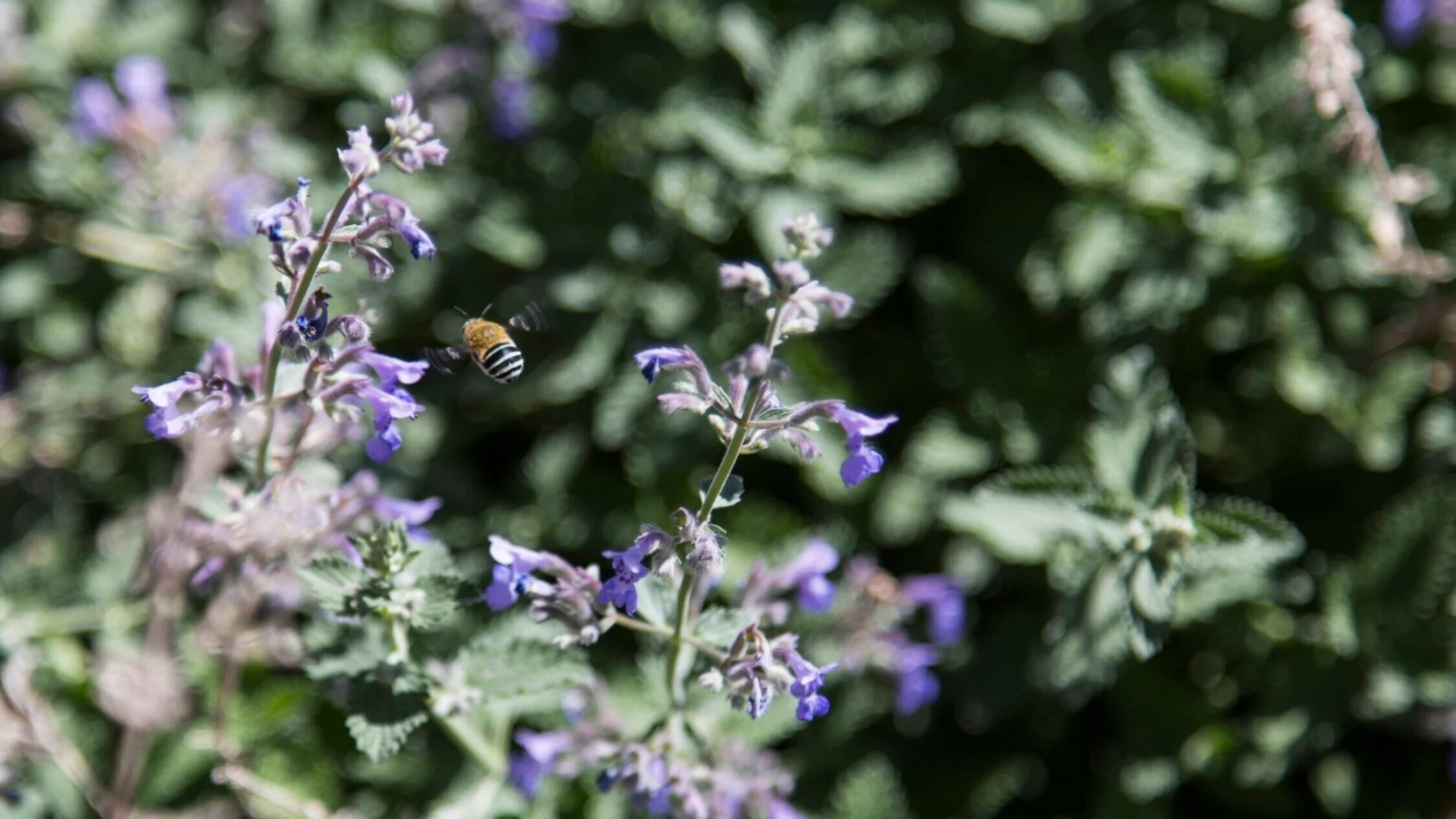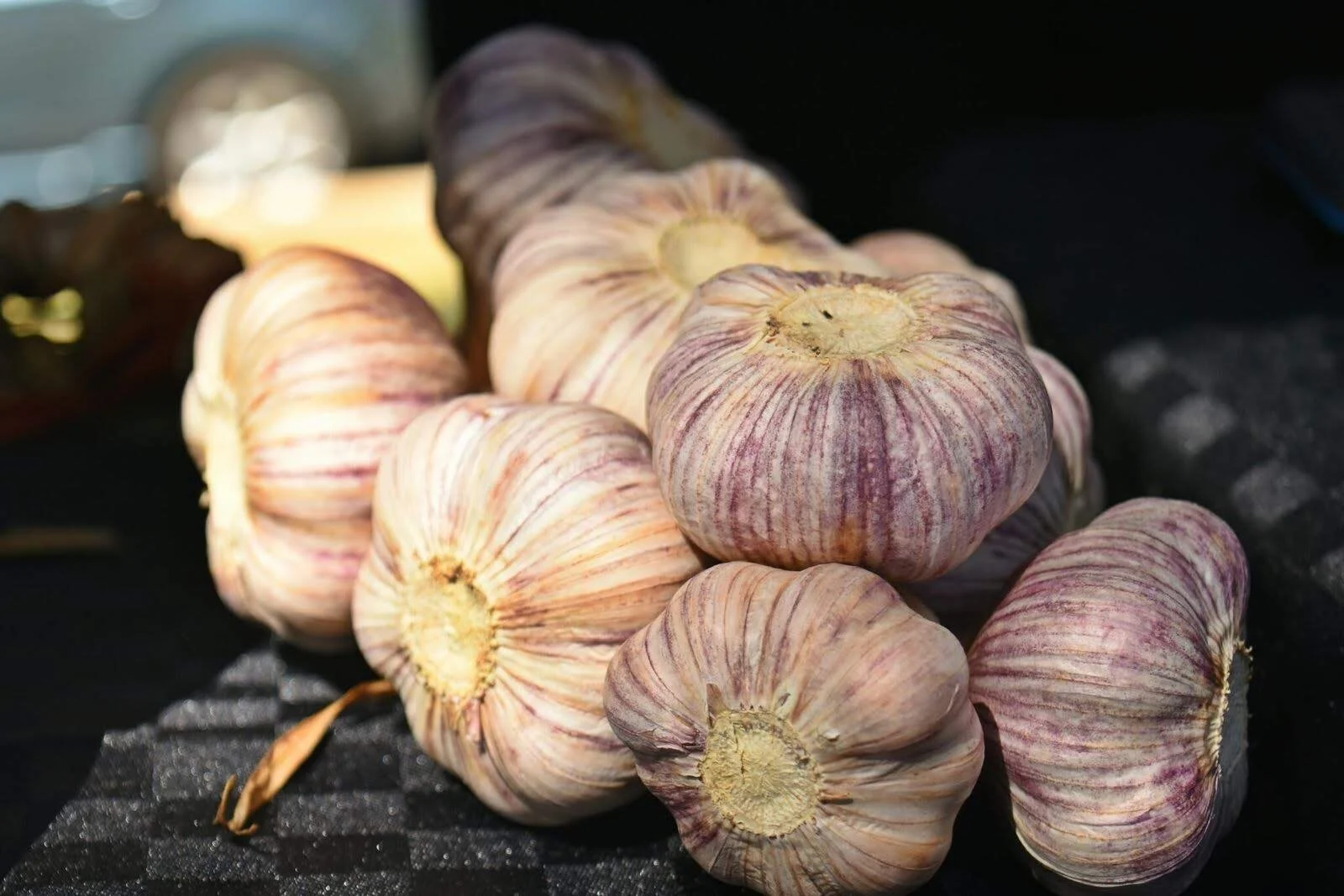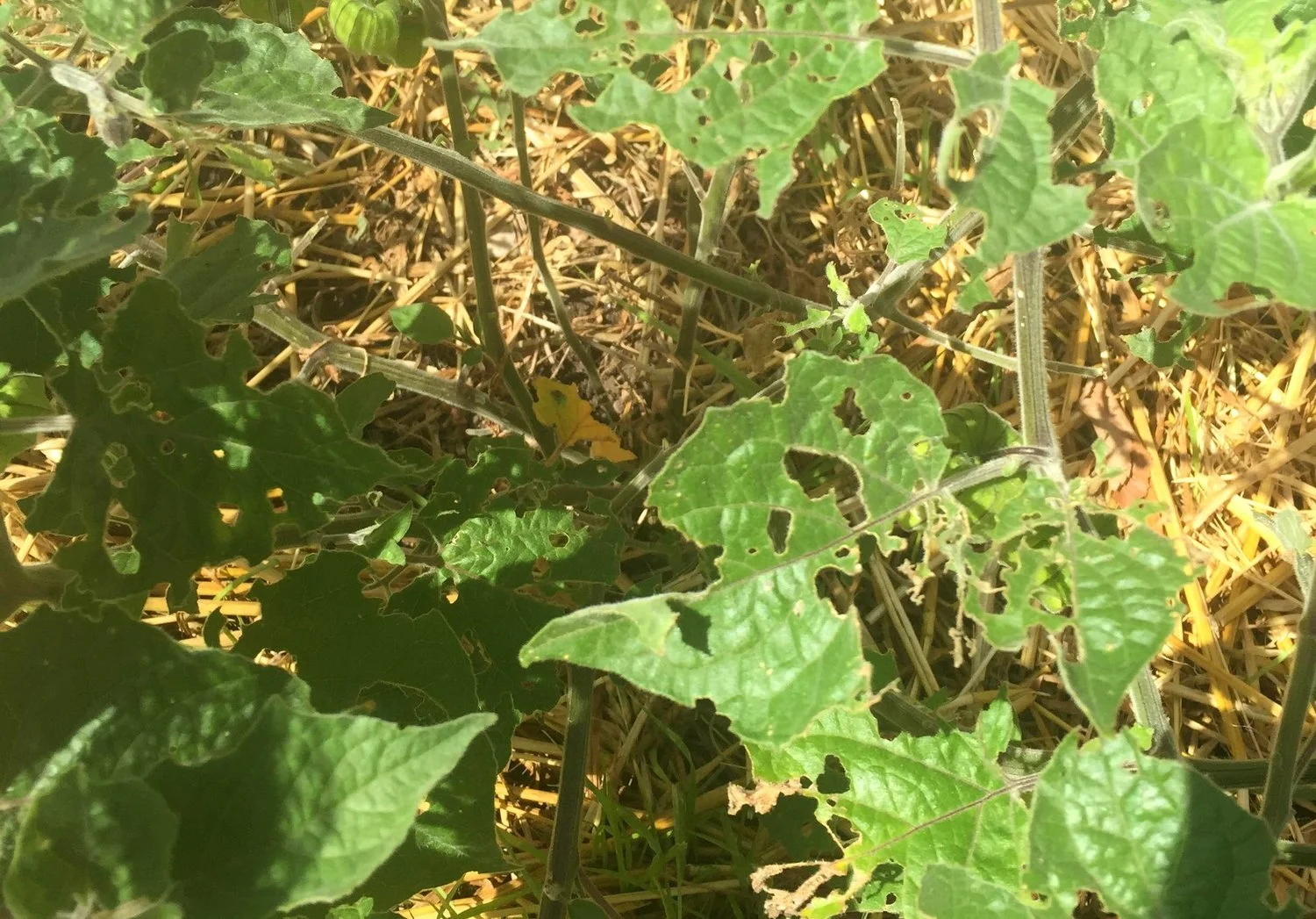Resources
Ecosystem
Our ecosystem is rich and diverse, and it’s shared by all of us — humans, plants, animals, fungi, soil and micro-organisms. We’re responsible for supporting its health and diversity. Here’s some resources to help!
How to support a more resilient ecosystem
-
Biodiversity describes the variety of life forms found in any place or ecosystem and includes humans, plants, animals, fungi, soil and micro-organisms. Biodiversity is essential for a healthy functioning ecosystem, allowing it to provide essential services such as habitat, food, clean water, medicine and clean air. Many life forms rely on these ecosystem services, including humans. Unfortunately, human activities often impact the natural environment and put certain species of flora and fauna at risk, including these threatened species in the Canberra region.
Get Involved: There are a number of local Landcare groups, friends of nature reserves, and other organisations working hard to restore and conserve biodiversity in the ACT. Find a group here.
-
The best place to start supporting biodiversity is in your own backyard. Encouraging biodiversity will increase both bird life and pollination in the garden while providing wildlife corridors for native animals and insects to safely traverse urban areas.
It's easy and fun! You can start with:
Creating habitat for local species with native plants.
Providing water for native animals and insects.
Avoiding pesticides and herbicides and keeping the cat in.
Keeping garden waste out of the bush and composting it instead.
Removing environmental weeds from your yard.
Learn more about building backyard biodiversity.
-
Bees are essential for helping sustain biodiversity and pollinating plant species for our food and fibre production. With bee species declining globally due to competing pressures (increased insecticide and herbicide use, expanding mono-culture crops, climate change) its vital that we support and revive our local bee populations. Here are some ideas!
· Buy local honey – at local farmers markets.
· Support local producers – like Majura Valley Honey and Copper Fork Honey Company.
· Join a beekeeping group – with Canberra Region Beekeepers
· Rehome bees – with the Canberra Bee Collective.
· Register your beehive - with City Services.
· Learn about bees – in our workshops, with ACT for Bees, ANU Apiculture Society or Bees at Home.
· Create a bee-friendly garden – with these tips and tricks.
· Build an insect hotel – with Everyday Climate Choices to provide shelter and habitat.
· Observe native bees – in the Rock Garden at the Australian National Botanic Gardens.
-
Canberra is home to a wide range of frog species, some of which are unique to our region and others that are vulnerable and endangered. There are approximately 22 frog species in the region and they can be found in our backyards, national parks and parklands.
Frogs are vitally important as indicators of ecosystem health due to their sensitivity to fluctuations in the environment, including atmospheric, water and climatic changes. The Gininderra Catchment Group runs an extensive Frogwatch program that offers some excellent opportunities to get involved with monitoring and restoring Canberra’s frog populations.
· Frogs in your pocket: A guide to common ACT frogs, Frogwatch ACT & Region
· Frog ID app, Australian Museum
· Listen to the frogs of Canberra, Friends of Aranda Bushland
· Canberra Frog Field Guide, NatureMapr
· Frogs in your backyard, Ginninderra Landcare
-
The Canberra region has a wide variety of native birds in residence, including cockatoos, ravens, cuckoos, fairy-wrens, finches, honeyeaters, kookaburras, owls, parrots, swamphens, pigeons, raptors, robins, thornbills, swans, ducks, treecreepers, sandpipers, gulls, lapwings, magpies, currawongs, many of which can be found in local bushland, parks and urban gardens. Click here for some of the native birds most commonly found in Canberra, thanks to Canberra’s Ornithologists Group.
Other useful links
Nature Mapr – for recent sitings and photos in Canberra region.
Birds in Canberra – some great photos by local photographer Jonathan Steinbeck.
Urban bird watching guide to Canberra – from Australian Geographic.
ACT Threatened Native Species List – learn about locally threatened bird (and other) species.
Canberra Indian Myna Action Group – invasive pest threatening native species.
Aussie Bird Count – celebrating and observing Australia incredible birdlife in October.























